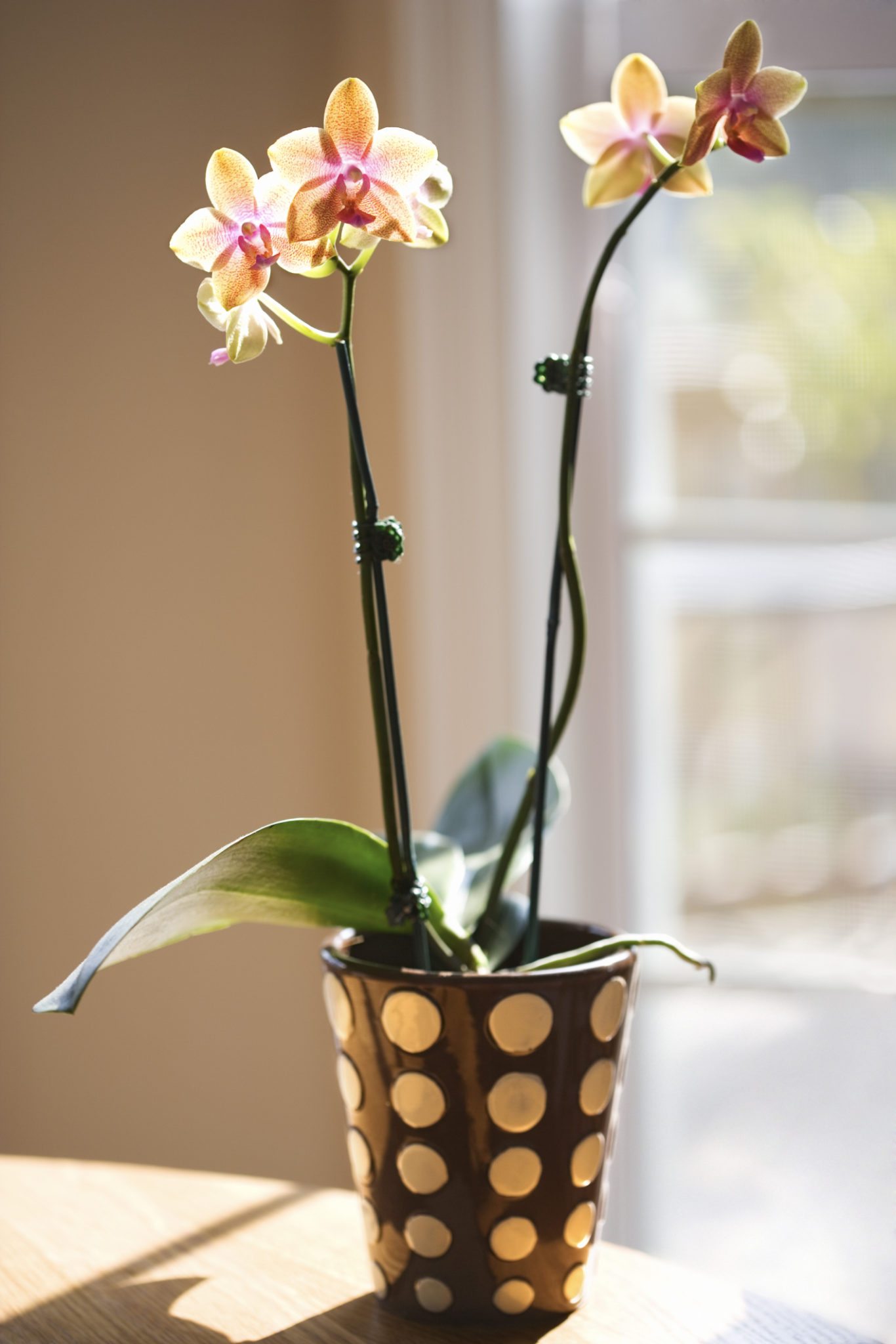
How to Find Success with Orchids Indoors
When it comes to growing orchids indoors, it’s so important that you follow the golden rule, which is you must mirror the plant’s natural conditions in your home. Besides this, remember that orchids tend to grow onto other objects, even if it’s just bark or stone. Once this is fully understood, you’re well on your way to successfully harvesting orchids indoors.
So, you’re probably wondering what exact conditions do these plants thrive in? Well, they prefer environments that have strong light, although they aren’t fans of direct UV exposure, especially in the late afternoon. There also has to be high humidity and air violently flowing around the roots. Orchids want to be in an area where the temperature falls between 50 and 85 degrees. Plus, they enjoy both a dry atmosphere and one filled with rain, so aim for a location where each of these weather patterns are experienced. The closer you come to nailing these conditions, the better chance you have of your orchid growing up strong and healthy, while blooming to their potential.
As soon as you buy your orchid and settle it into your house, there are some tips you should keep in mind. For starters, if it’s the summer months, you must water your plant thoroughly at least once a week. You want the water to drench through the roots, filling up whatever tray you’re plant is sitting on. In fact, we recommend leaving your orchid in the kitchen sink, as you completely soak it down. While this may sound like a formula for disaster, don’t worry. It won’t kill your plant, as long as you give the orchid enough time to dry out afterwards. Then, throughout the growing season, you’re required to feed your orchid every week with either a liquid fertilizer or a weak powder solution.
However, when winter rolls around, you’ll have to place your plant in a warm spot. At this time, you should also cut back on how much you water the orchid. Typically, we recommend misting the plant roughly once a month, so that it stays hydrated but isn’t over-watered by any means. Opposed to the summer, there should be no fertilizer sprinkled onto your plant.
If for whatever reason you start seeing the orchid’s leaves wrinkling or turning yellow, this is a sign you should automatically change something in your conditions. Once your orchid finds its ideal environment, you’ll quickly see a beautiful bloom burst out in full effect.